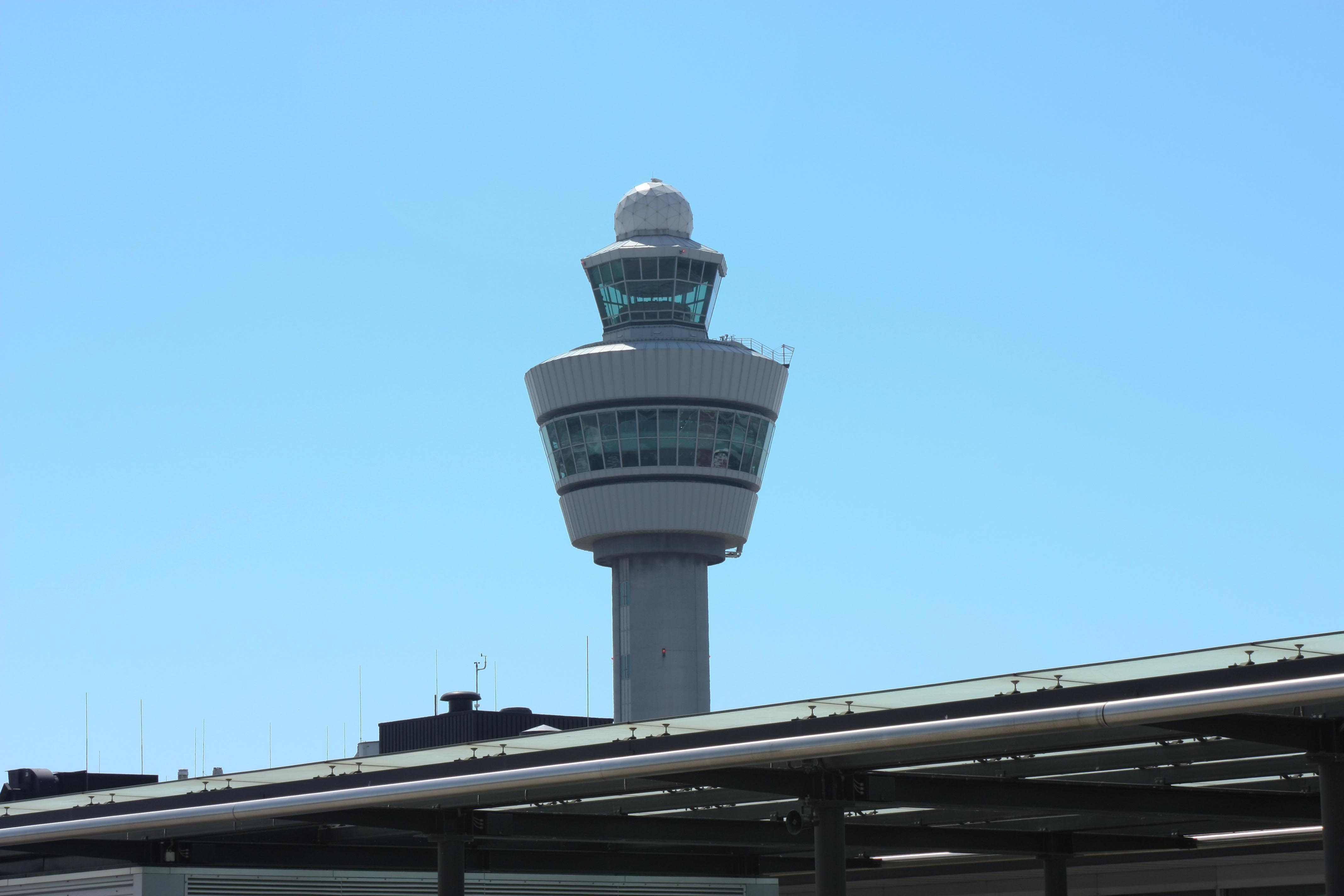AT&T, Verizon Compromise With Airlines on This Week’s 5G Rollout
Amid complaints of potential interference, telcos will forgo lighting up towers near airports

AT&T and Verizon announced today that in response to warnings that the companies’ 5G rollout this week could interfere with air traffic control, they will delay lighting up towers adjacent to airports.
On Monday, major U.S. airlines, including United and American, warned Federal regulators that if Verizon and AT&T follow through on their launch of 5G services this week, it could cause “chaos” by interfering with spectrum used to relay air traffic control. The spectrum in question was acquired by the telcos last year in the FCC’s auction of C-Band spectrum, which is adjacent to radio spectrum used by air traffic controllers.
In statements released Tuesday, Verizon and AT&T urged the FAA to resolve the issue, adding that interference issues haven’t caused problems in other areas of the world.
"Tomorrow, Verizon will launch its 5G Ultra Wideband network which will enable more than 90 million Americans to experience the transformative speed, reliability and power of this game-changing network on the go or in their homes or businesses," Verizon said. "As the nation’s leading wireless provider, we have voluntarily decided to limit our 5G network around airports The Federal Aviation Administration (FAA) and our nation’s airlines have not been able to fully resolve navigating 5G around airports, despite it being safe and fully operational in more than 40 other countries."
"At our sole discretion, we have voluntarily agreed to temporarily defer turning on a limited number of towers around certain airport runways as we continue to work with the aviation industry and the FAA to provide further information about our 5G deployment, since they have not utilized the two years they’ve had to responsibly plan for this deployment," an AT&T spokesperson told USA TODAY. "We are launching our advanced 5G services everywhere else as planned with the temporary exception of this limited number of towers.”
Get the TV Tech Newsletter
The professional video industry's #1 source for news, trends and product and tech information. Sign up below.
Tom has covered the broadcast technology market for the past 25 years, including three years handling member communications for the National Association of Broadcasters followed by a year as editor of Video Technology News and DTV Business executive newsletters for Phillips Publishing. In 1999 he launched digitalbroadcasting.com for internet B2B portal Verticalnet. He is also a charter member of the CTA's Academy of Digital TV Pioneers. Since 2001, he has been editor-in-chief of TV Tech (www.tvtech.com), the leading source of news and information on broadcast and related media technology and is a frequent contributor and moderator to the brand’s Tech Leadership events.

